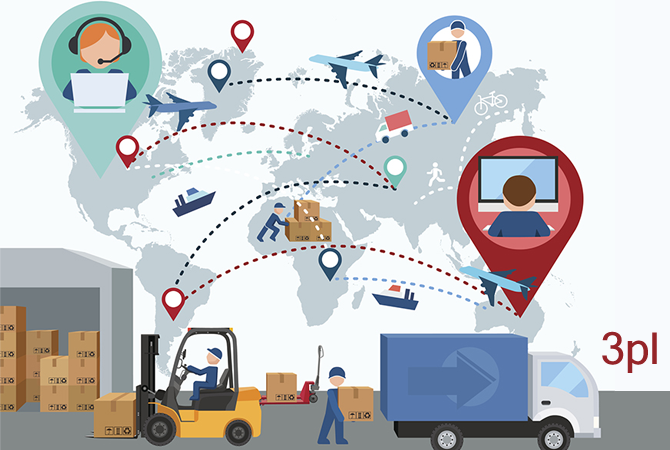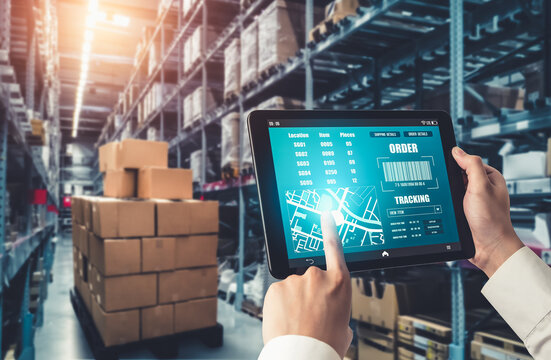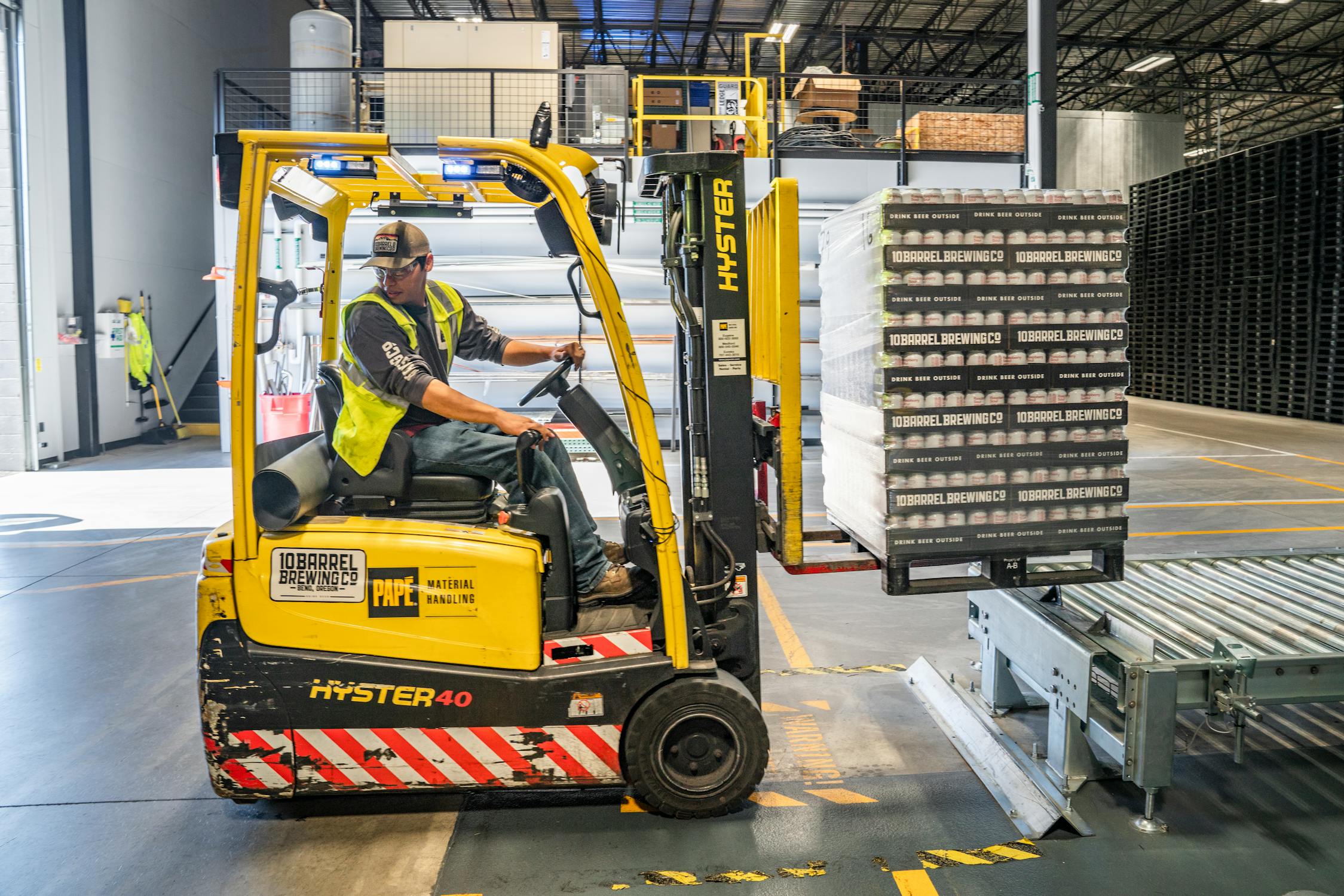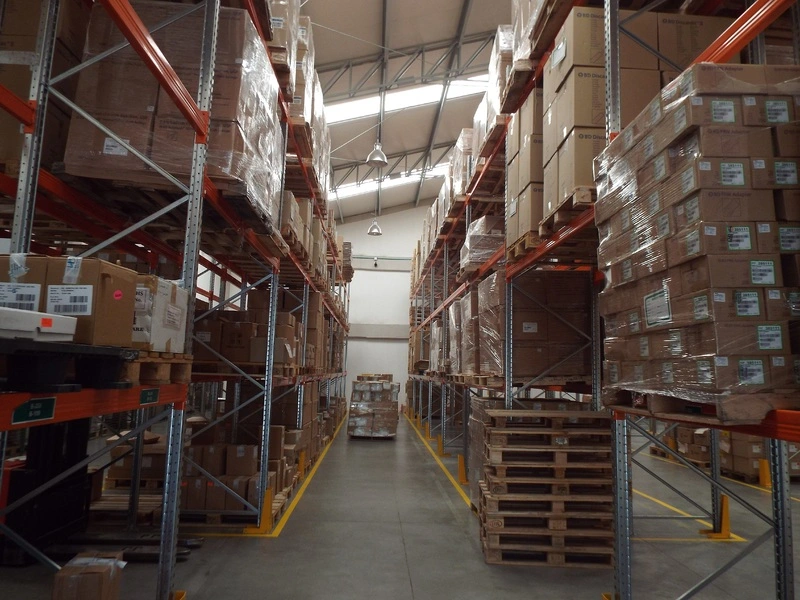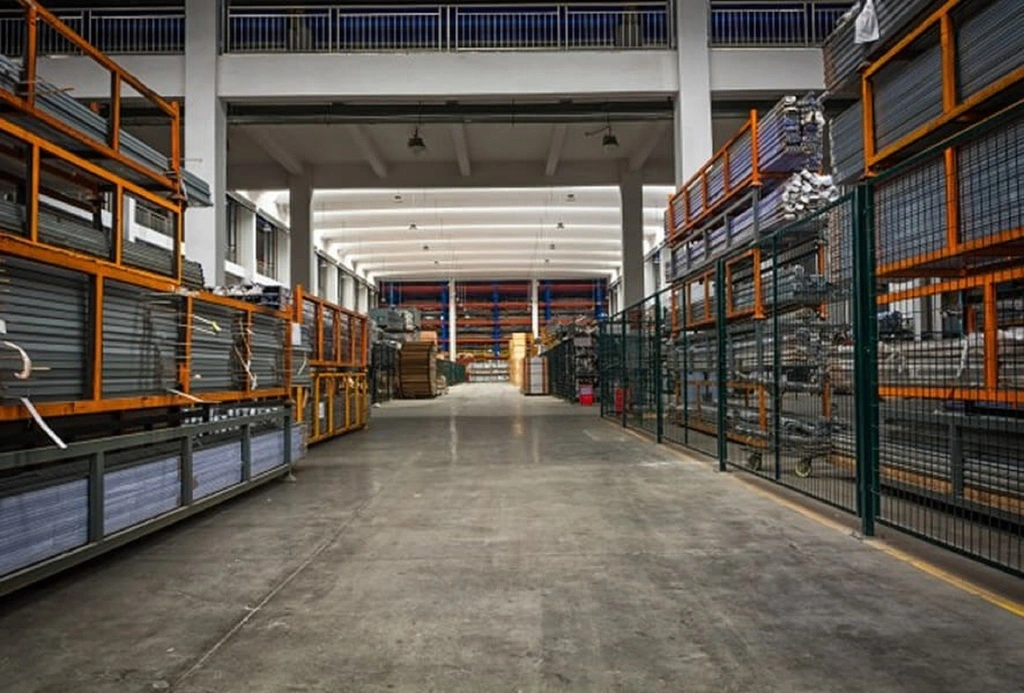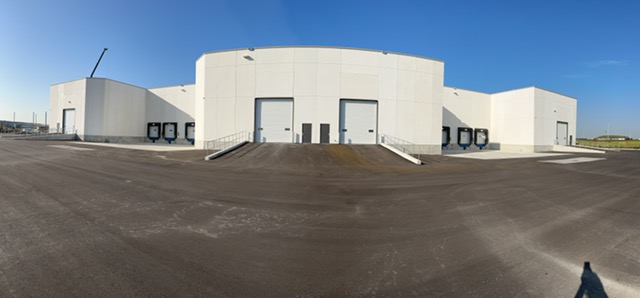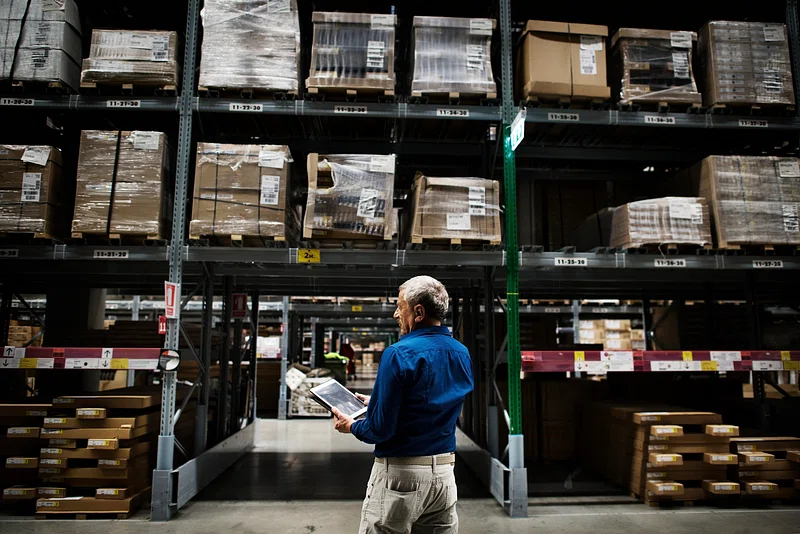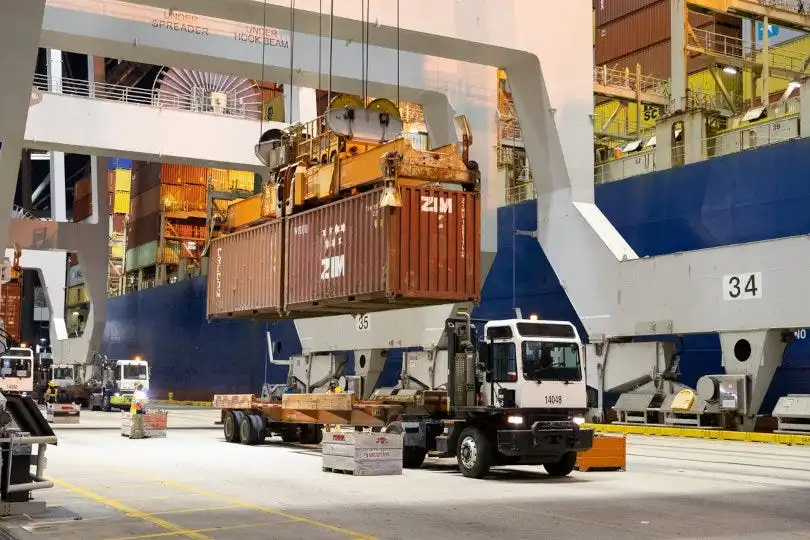Managing costs effectively is crucial for success in the competitive supply chain world. With logistics, labor, and inventory costs on the rise, finding targeted ways to reduce expenses can have a significant impact on your bottom line.
Here are seven proven strategies every supply chain manager should explore to streamline operations, boost efficiency, and drive profitability.
Read also: Top 5 Benefits of Outsourcing Logistics to a 3PL Provider
Cost Saving Tips for Every Supply Chain Manager
1. Optimize Inventory Management
Inventory often represents one of the largest expenses in a supply chain. Poor forecasting can lead to overstocking or understocking, both of which bring costly challenges.
Solution: Use data-driven forecasting to predict demand as accurately as possible. By leveraging predictive analytics and a just-in-time (JIT) inventory model, you can maintain optimal stock levels, which reduces storage costs and cuts down on waste from unsold items. JIT inventory management minimizes holding costs by scheduling orders as close as possible to production or sales needs.
Example: Retail giant Zara uses real-time data from its stores to adjust inventory dynamically. By quickly responding to shifts in demand, Zara reduces holding costs and avoids excess inventory, making its supply chain more efficient and adaptable.
This approach requires advanced planning and reliable forecasting tools, but it can transform inventory into a more fluid, cost-effective part of your supply chain.
2. Embrace Automation for Efficiency
Automation has proven to be a powerful tool for cutting supply chain costs across various industries. Whether it’s in warehousing, logistics, or analytics, the right technology can save time, reduce errors, and optimize operations.
- Warehouse Automation: Automated picking and sorting systems can improve accuracy and speed while reducing the need for manual labor. In many cases, automation can reduce picking errors that lead to returns and lost customer trust.
- Route Optimization Software: For logistics, these tools can help select optimal delivery routes, reducing fuel consumption, delivery times, and wear on vehicles.
- Predictive Analytics: Through predictive maintenance, you can identify potential issues before they become costly disruptions, leading to smoother operations and fewer downtimes.
Example: Amazon’s fulfillment centers are famous for using robotics to streamline order processing and packing. By investing in automation, Amazon reduces labor costs, increases accuracy, and enhances efficiency, allowing them to fulfill a high volume of orders with minimal delays.
Automation involves an initial investment, but the long-term cost savings in labor and operational efficiency often provide an excellent return on investment.
3. Consolidate Shipments for Bulk Savings
Handling each order individually can lead to substantial shipping expenses. Consolidating shipments allows companies to leverage bulk shipping rates, reduce handling time, and even minimize the risk of product damage during transit.
Solution: Combine multiple orders going to the same or nearby locations to take advantage of bulk shipping rates. By consolidating shipments, you can save on freight costs, and it often reduces the frequency of handling, which can improve delivery accuracy and minimize transit-related damage.
Example: Companies like Costco capitalize on bulk purchasing and shipping strategies, enabling them to pass savings on to their customers. This model helps them manage costs effectively while maintaining customer satisfaction with prompt deliveries.
When considering shipment consolidation, assess where you can streamline your order processing and shipping schedules to group orders efficiently.
4. Develop a Diverse Supplier Network
Relying on a single supplier can expose a business to significant risks, including supply chain disruptions, limited negotiating power, and potential price increases. By developing a network of suppliers, you can secure a more reliable supply and maintain competitive pricing.
Solution: Build and maintain relationships with multiple suppliers for critical goods. This enables you to implement competitive bidding, secure better pricing, and ensure continuity of supply during demand fluctuations or unforeseen events.
Example: A manufacturing firm faced potential delays when a hurricane disrupted operations at a key supplier. However, by quickly switching to a secondary supplier, they avoided delays and extra costs associated with lost production time.
Having a diverse supplier network also creates a competitive environment among your suppliers, which can further drive down costs and improve service levels.
5. Conduct Regular Supplier Performance Reviews
The performance of your suppliers directly impacts your supply chain costs. Regularly reviewing supplier performance helps ensure accountability and can prevent unexpected expenses from late deliveries, product quality issues, or pricing inconsistencies.
Solution: Use a supplier scorecard to evaluate performance based on factors like on-time delivery, quality, and cost-effectiveness. Track these metrics to identify trends and address issues proactively. A well-maintained supplier scorecard also provides leverage during contract negotiations.
Example: Toyota, a leader in lean manufacturing, rigorously reviews supplier performance to ensure high standards. This system allows Toyota to minimize risks and adjust supplier contracts as needed, maintaining efficiency and cost control.
Performance reviews make it easier to address problems early, whether through corrective action or by choosing a more reliable supplier, ultimately helping to control costs.
6. Implement Lean Manufacturing Principles
Lean manufacturing principles focus on eliminating waste and maximizing value. By reducing inefficiencies, you can cut down on unnecessary expenses and enhance productivity across the supply chain.
Key Strategies:
- Standardizing Workflows: Standardization reduces redundancy and allows your team to work more efficiently.
- Minimizing Idle Time: Idle time is one of the costliest forms of waste in manufacturing. Ensure that every process step adds value and is completed in a timely manner.
- Continuous Improvement: Regularly review and improve processes, as small, consistent improvements can lead to significant cost savings.
Example: General Electric (GE) saved millions by streamlining its manufacturing processes using lean principles, which helped them reduce material waste and optimize production flows.
By integrating lean practices into your supply chain, you not only save money but also build a culture of continuous improvement that keeps your business competitive.
7. Optimize Transportation Routes and Modes
Transportation costs represent a significant portion of supply chain expenses. Optimizing routes and choosing the most efficient transportation modes can lead to substantial savings.
Solution: Use specialized software to plan efficient routes and select the best transportation modes based on delivery timelines and cost constraints. For example, rail transport is often more cost-effective for long-distance shipments than road transport.
Example: PepsiCo optimized its logistics by using rail for longer routes, reducing fuel costs and achieving substantial savings. This shift not only saved on transportation expenses but also helped them lower their environmental footprint.
A Transportation Management System (TMS) can be highly effective in analyzing data on routes, transport modes, and costs, offering actionable insights that can drive down transportation expenses.
Final Thoughts
Each of these strategies offers unique cost-saving potential, helping you create a more resilient, profitable supply chain. From consolidating shipments to optimizing routes, these tips are actionable steps that reduce waste and maximize efficiency.
Streamline your supply chain with 3PL Links! Contact us for a customized consultation and discover how our solutions can enhance efficiency and cut costs.



